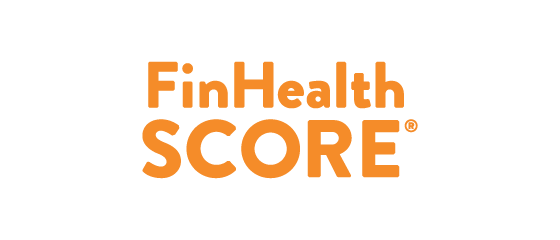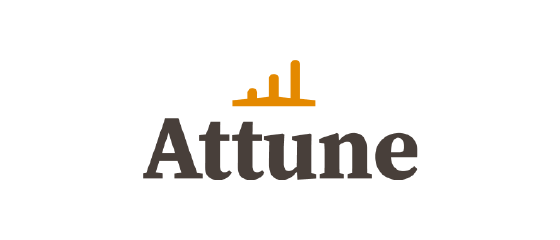The first step is to gather data from your company’s HR, benefits, and payroll systems that can shed light on your employees’ financial health. In some cases, the data may already be housed within your internal systems; in other cases, you might need to request them from your benefits vendors.
Which specific data points should I consider?
Below are some examples of data points you can use to assess your employees’ financial health within each of these four components of financial health: spend, save, borrow, and plan. This list is not exhaustive, but illustrates the types of data that can help uncover employee needs.
Remember that your data can only offer you a limited window into your employees’ financial lives, mostly tied to the programs and benefits you currently offer. Pairing these outcomes-based metrics with an employee survey can help you gain a more holistic view.



